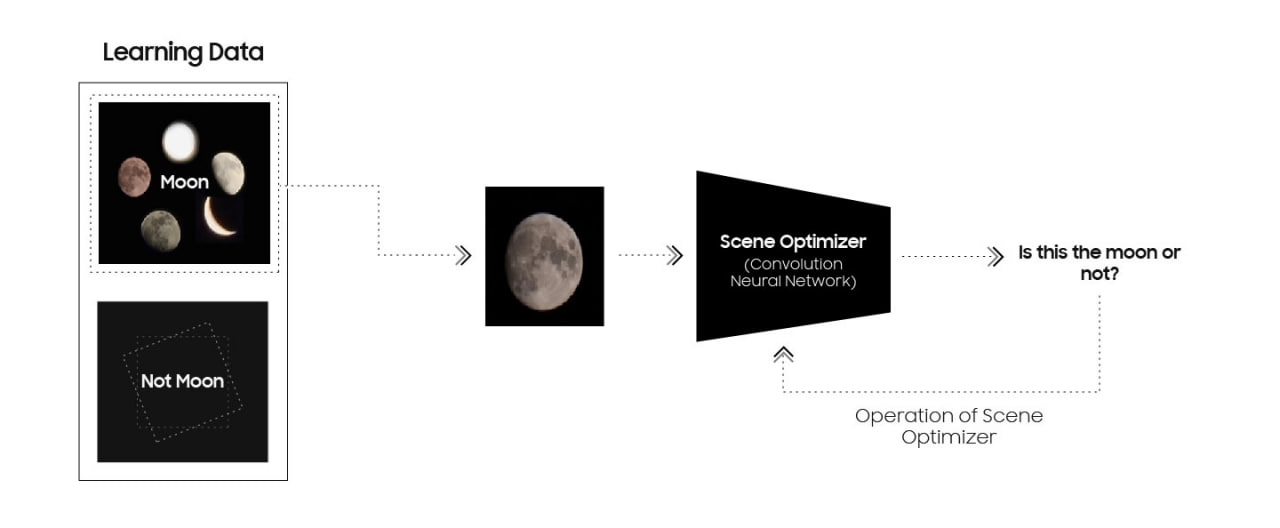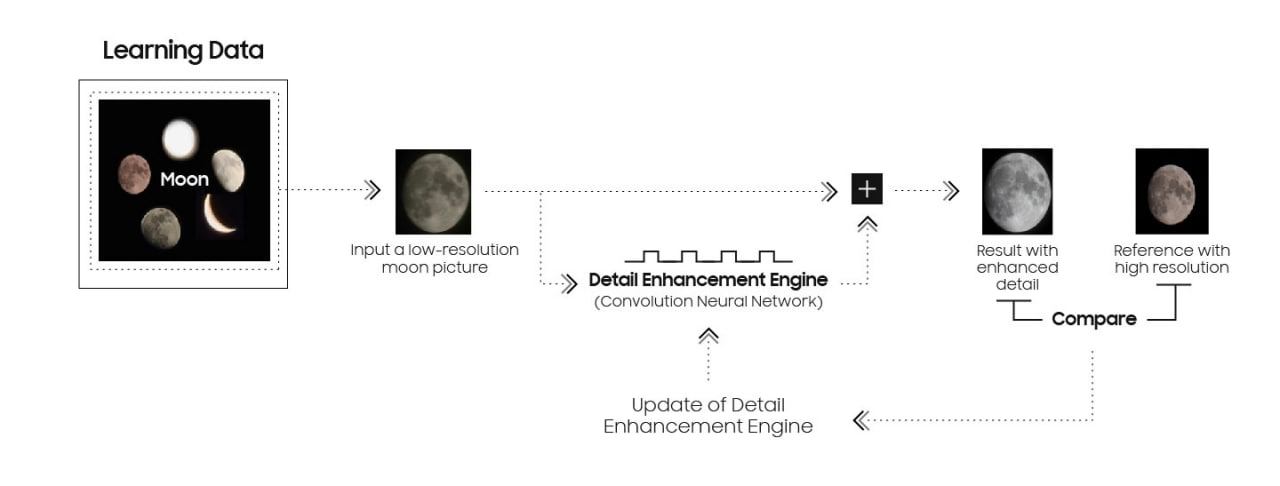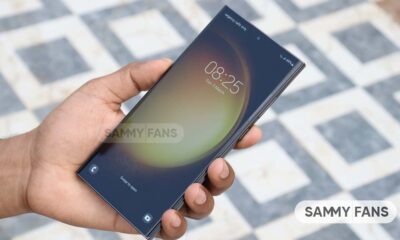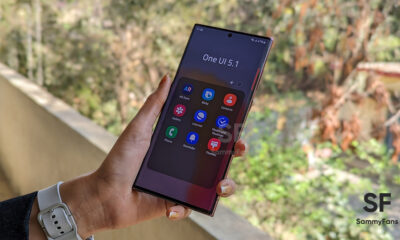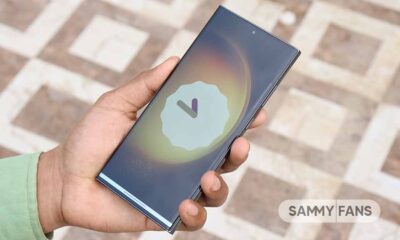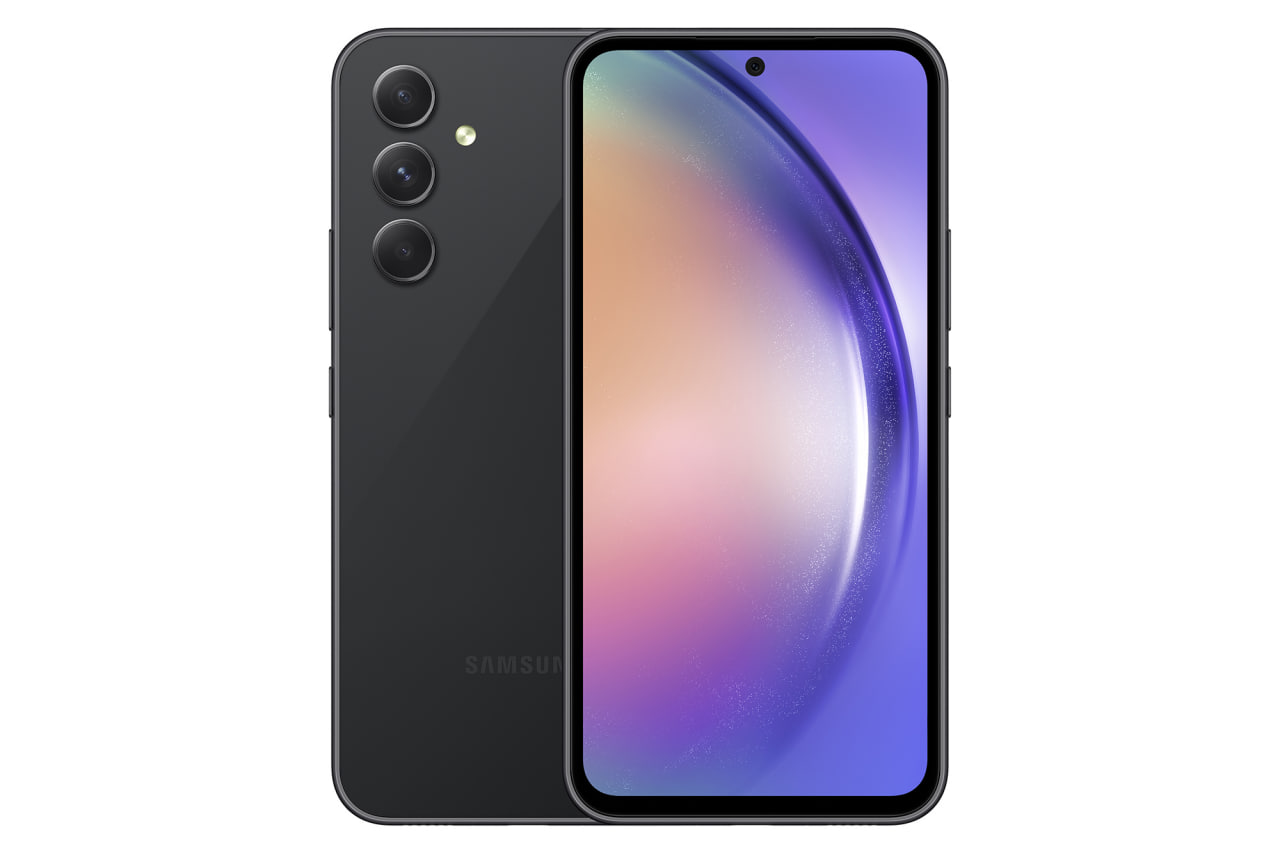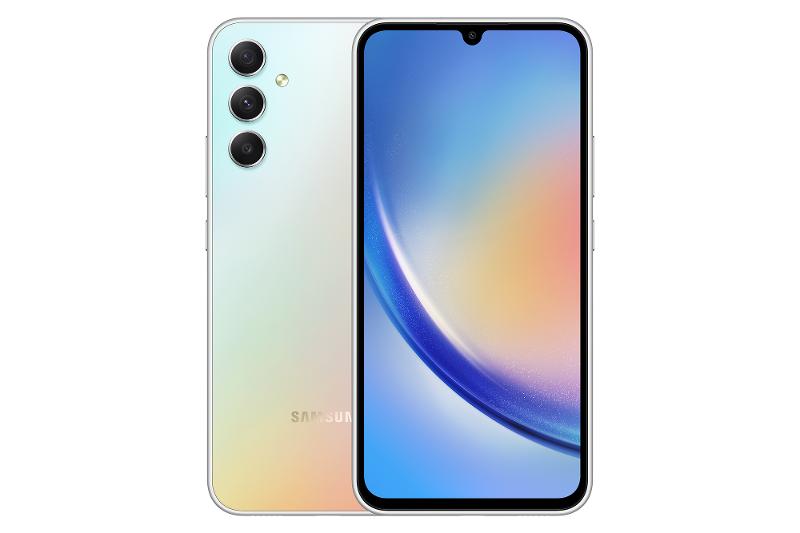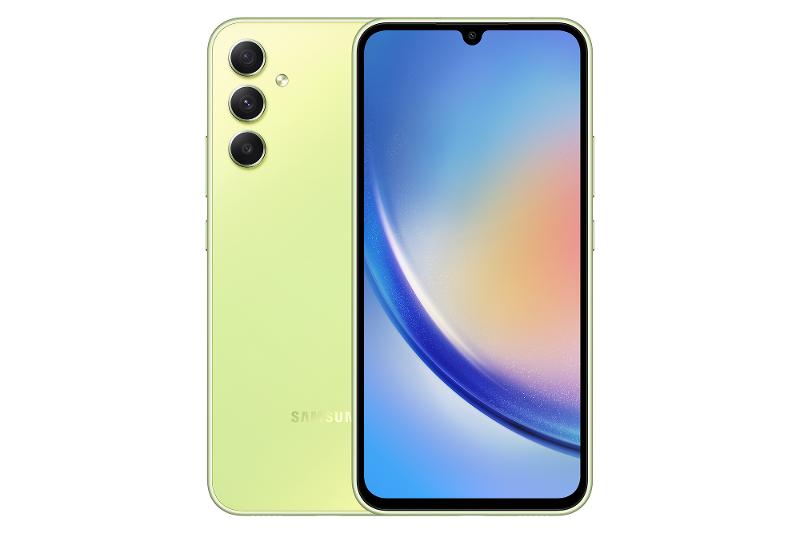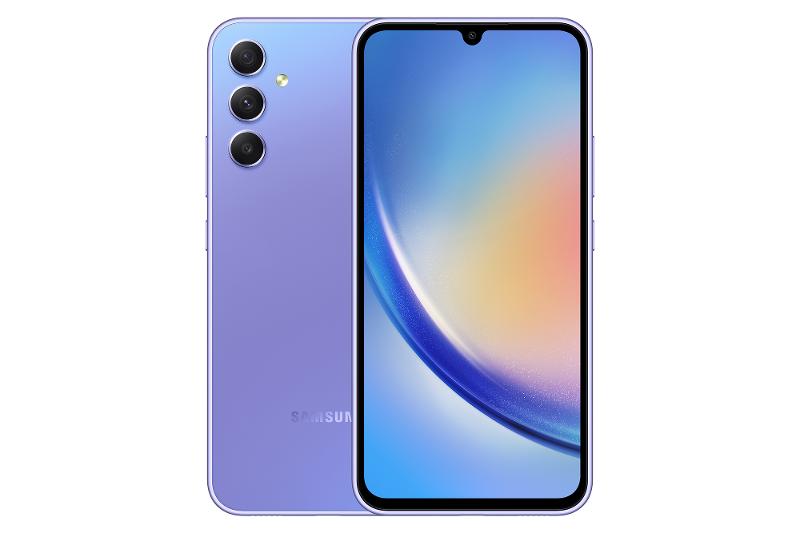News
Google has big plans for 2023, 2024, and so on…
Google Pixel 6 lineup introduced a major design overhaul, which later tweaked with the Pixel 7 series. The company plans to become the biggest threat to Samsung as Google Pixel devices are emerging as alternative options in the Android market.
In terms of Pixel phones, Google has big plans for not only 2023 but also for 2024 and 2025, as per AndroidAuthority. An anonymous trusted source revealed what major changes Google is going to make in its Pixel lineup in the coming years.
2023
At the Google I/O 2023, the company will introduce two new Pixel smartphones — codenamed “lynx” and “felix.” The former is going to be the Pixel 7a, while the latter is the possible Pixel Fold, which was pictured in renders a couple of days ago.
![]()
In late 2023, Google is expected to launch mainstream flagship devices namely the Pixel 8 (codenamed shiba) and Pixel 8 Pro (codenamed husky). Compared to the Pixel 7 lineup, the next Pixel line of smartphones is likely to share quite similarities.
2024
Depending on the profitability of Pixel 7a, Google is likely to revise the strategy of its affordable smartphone. Similar to the iPhone SEs, the company may end up launching “a” models per year. Pixel 8a, which is codenamed “akita” could be removed from the 2024 launch if Pixel 7a launch doesn’t make sense.
- Google also planned to launch the follow-up foldable device in 2024.
In Fall 2024, the US tech giant will come up with the Pixel 9 series of smartphones. In case the Pixel 8a gets canceled, we might see a third model in the Pixel 9 lineup, making a big change in the marketing strategy. The third model is rumored to pack all Pro-level features with a smaller 6.3-inch design.
2025
It’s not easy to talk about even 2024 and the source claims to have information about 2025 as well. Hence, going further, along with a recommendation to take it with a grain of salt, Google could make bold changes in its smartphone strategy in 2025, which will depend on success or failure of its 2023 and 2024 plans.
Pixel Flip in 2025
Since the foldable smartphone market is growing worldwide, Google is not leaving any space in the market. In 2025, Google could debut the Galaxy Z Flip rival, and to do so, it has an alternate strategy in place too. The first clamshell-foldable device could launch as a part of Pixel 10 lineup along with other three non-foldable Pixel 10 models.
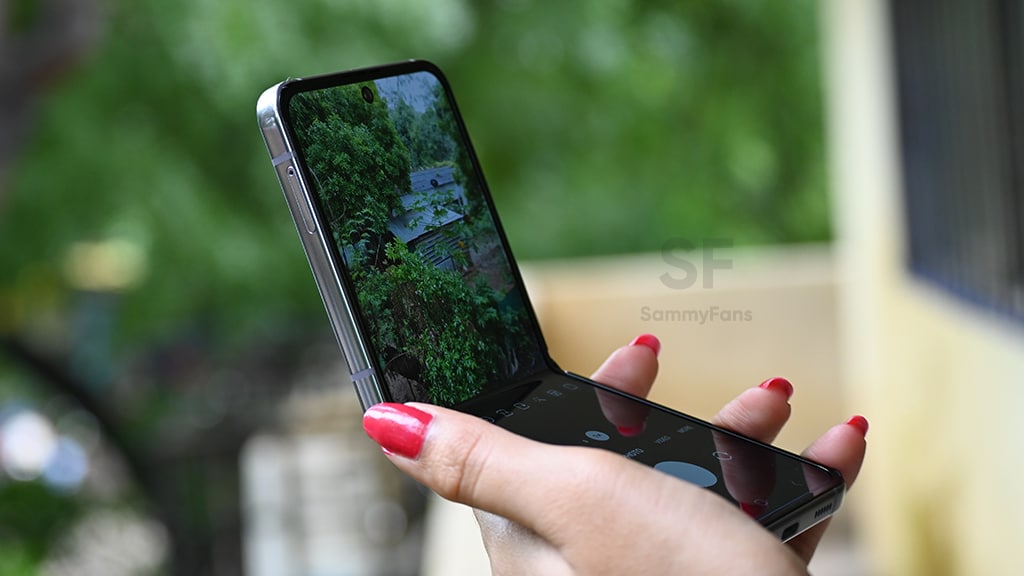
However, if Google abandons the flip-style device, it would move ahead with four non-folding phones. That would be a vanilla model in small and large sizes and a pro model in small and large sizes. Once again, this would directly line up with Apple’s current strategy for iPhones.
In case the company cancels the clamshell Pixel phone, the mainstream Pixel lineup might have four non-foldable smartphones including two standard models with different screen sizes and two Pro models with different screen sizes, the same as Apple’s current iPhone lineup.
The roadmap sounds quite promising while everything depends on success and response in the market. Google is making better Android devices than Chinese vendors, but it’s far behind from Samsung. Since competition benefits consumers, we welcome Google’s arrival!
News
Huawei pumps satellite SMS into smartwatch as Samsung waits to let it mature
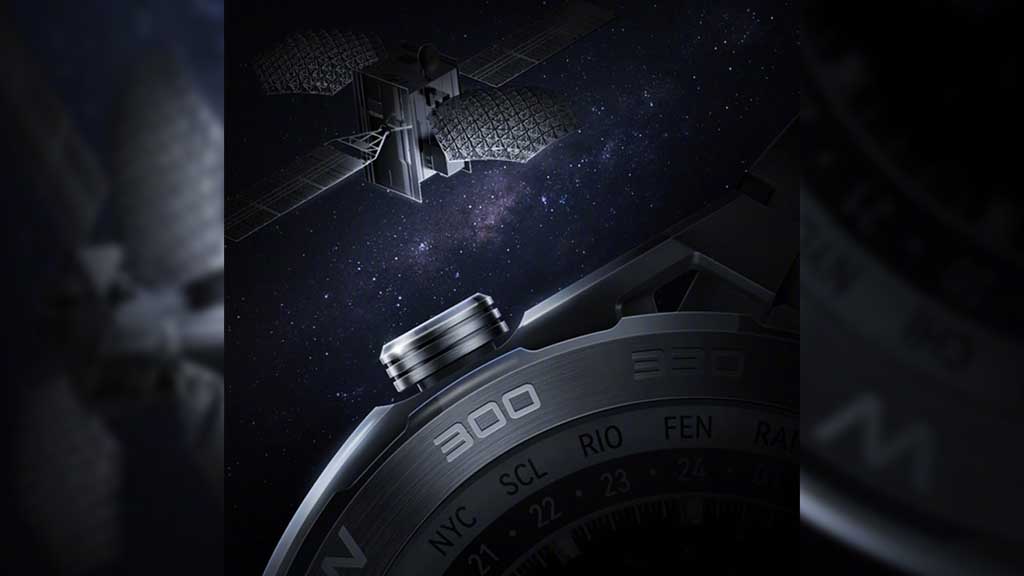
Huawei is going to bring the world’s first smartwatch with a satellite network feature on March 23. Reliable Huawei blog Huawei Central reports that the Huawei Watch Ultimate introduces the satellite SMS feature, while Samsung is waiting until it gets mature.
Follow our socials → Google News, Telegram, Twitter, Facebook
The Chinese phone maker first introduced the Mate 50 with satellite connectivity feature. With its next flagship products, the company is reportedly bringing the 2nd iteration of satellite SMS feature with further refinements and upgraded capabilities.
The Galaxy S23 series lacks satellite connectivity feature and Samsung CEO said that the company believes it’s not a demanding feature. The technology is in its initial stage, and we will wait until it gets mature before pumping into Galaxy products.
On the flip side, Huawei just kills Samsung with brigning the world’s first smartwatch that talks to satellites in the space. As the tech is in developing stage, it’s expected that the Watch Ultimate could let users send and recieve SMS through satellite network.

In reality, satellite network is not an important feature, but it already saved life of consumers in emergency situations. In case your device is not connected to internet services, satellite network would become a life saving feature for yourself.
Galaxy Watch 6
Chinese vendors are expanding their footsteps in technolgy, while Samsung is still confused finalyzing its products portfolio. The Galaxy Watch 4’s Classic branding was replaced with Galaxy Watch 5’s Pro branding and Samsung is bringing back the Classic name tag and physical rotating bezel with Watch 6.
Samsung brings premium smartwatches with futuristic features and health tracking functions in both Bluetooth and LTE connectivity. However, Huawei is going to set example in the wearable market with bringing satellite support on a tiny smartwatch. Rumors are there that Huawei is woking on Watch 4 as well.
News
Samsung introduces Galaxy A54, A34 in India – Specs, Price and Availability
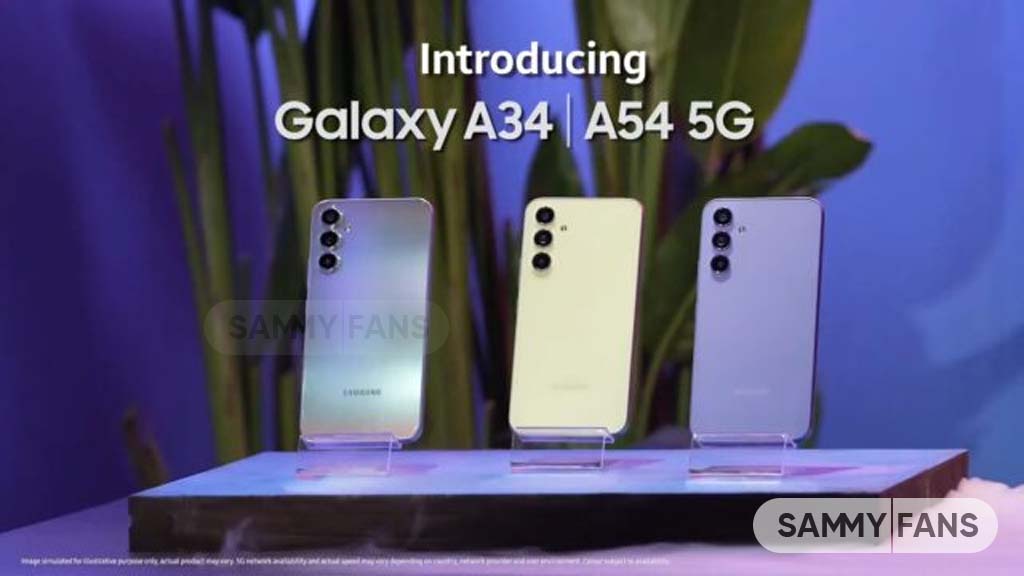
Samsung India officially launched two new mid-range smartphones – Galaxy A54 and Galaxy A34 and revealed their price and availability in the country. The devices were originally introduced in global markets on March 15.
Price and availability –
The company is offering Graphite, Lime, Violet, and White color options for Galaxy A54 and Graphite, Lime, Violet, and Silver color options for Galaxy A34.
Follow our socials → Google News, Telegram, Twitter, Facebook
Interested customers can purchase new smartphones from Samsung’s official website, Amazon, Flipkart, and other authorized retailers starting March 28. You can also pre-reserve them starting today to March 27 and get special offers.
The company is giving INR 3,000 cashback when purchasing phones through eligible bank debit and credit cards. Also, you can get the Galaxy Buds Live worth INR 5,999 for just INR 999 while buying any of the Galaxy A34 or A54 models in India.
The original price of Samsung Galaxy A34 and Galaxy A54 in India is –
Galaxy A54
- 8GB + 128GB – INR 38,999
- 8GB + 256GB – INR 40,999
Galaxy A34
- 8GB + 128GB – INR 30,999
- 8GB + 256GB – INR 32,999

Galaxy A54 Specs:
The all-new Samsung Galaxy A54 5G offers a 6.4-inch FHD+ Super AMOLED Display with a 120Hz refresh rate and Vision booster feature. It equips an octa-core Exynos 1380 chipset and a massive 5000 mAh battery with 25W fast charging support.
Samsung says that the Galaxy A54 offers stunning day and night photography. It features a 50MP Main Camera (F1.8, AF, OIS), a 12MP Ultra-Wide Camera (F2.2, FF), and 5MP Macro Camera (F2.4, FF). On the front, it has a 32MP Selfie Camera (F2.2).
Moreover, the device runs the latest Android 13-based One UI 5.1 software and offers four major Android OS and five years of security updates support. Know more about Galaxy A54.
Galaxy A34 Specs:
The Samsung Galaxy A34 5G is a slightly cheaper model of the series. It sports a larger 6.6-inch Super AMOLED 120Hz display with Full HD+ resolution and supports the Vision booster feature. Under the hood, it has a 6nm MediaTek Dimensity 1080 processor and a 5000 mAh battery that supports 25W fast charging.
For photography, the company has installed a triple rear camera setup including 48MP primary camera (F1.8, AF, OIS), an 8MP ultra-wide angle camera (F2.2, FF), and a 5MP macro camera (F2.4, FF). The other side has a 13MP selfie shooter (F2.2, FF).
Furthermore, Galaxy A34 comes pre-installed with Android 13-based One UI 5.1 software. Similar to the A54, it will also provide 4 major Android OS upgrades and 5 years of security patches. Know more about Galaxy A34.
News
Samsung reveals AI-based Moon photo detection system

Amid “fake” Moon controversy, Samsung shared an explanation of the AI-powered Moon photo detection system it has used since the Galaxy S21. The company also revealed that users can take a natural shot of the Moon by turning off the Scene Optimizer feature.
Starting the Galaxy S21 series, Samsung applied the AI-based Scene Optimizer feature in the Galaxy Camera app. Using deep learning and AI, this feature upscales the Moon shot and adds further details with processing to deliver a crispy and vibrant shot in Space Zoom.
“Samsung continues to improve Scene Optimizer to reduce any potential confusion that may occur between the act of taking a picture of the real moon and an image of the moon.” Said Samsung.
The Korean tech giant explains, if you have Scene Optimizer turned on, AI detects when you’re taking a clear photo of the Moon at 25X zoom or above. As soon as the camera detects the Moon, the technology lowers the brightness, and captures multiple frames (to produce a bright, low-noise picture).
Later, the AI-based feature uses a neural network to enhance the detail using a high-resolution reference image for comparison. The company also cited that the feature will not work if you either take a snapshot of the obscured Moon or use an image that clearly wasn’t taken on Earth.

“If users wish to take a picture without the support of AI, users can easily deactivate Scene Optimizer by heading to: Camera → Camera Settings → Scene Optimizer → Off“
Samsung may have felt explanation necessary during huge fake criticism of its pro-grade camera technology. A Reddit user shared his experience of experimenting with Moon shot using a Galaxy smartphone, which created critical controversy against Samsung.
With Scene Optimizer turned on, the Reddit user took a shot of a download and blurred image of the Moon, displayed on the monitor. The feature detected the appearance of the Moon and added details and sharpness to the shot to make it crispy as it does in real shots.
Naturally, anyone will call this kind of experience cheating but the reality is that Samsung revealed this technology after the release of the Galaxy S21 series. AI and machine learning technologies are being used in almost all aspects of the tech industry, and if a camera using it, it should not be any controversy.
Samsung AI deep learning for Moon detection:


The Brightness Control Process:


